Why It’s Not “Just a Hairstyle”
October 27, 2020
Cultural appropriation is a pandemic in America that just won’t go away. What is seen as “trendy” has deep cultural meaning and when you aren’t Black it’s very disrespectful. Kim Kardashian and her Klan are known offenders of stealing ideas popularized by the Black community. Back in 2016 Kardashian revealed a new look and coined the term “boxer braids” but her so called boxer braids weren’t new or original, they were cornrows, a hairstyle that dates all the way back to the Bronze Age. Not only was it a slap in the face that she wore the style but she took credit as if it was something innovative to capitalize off of for her brand. Gwen Stefani is another celebrity who made “mini buns” mainstream while Bjork gets credit for “creating” the look. The problem is mini buns are Bantu Knots and Black women have been wearing them for centuries. In 2013 Lady Gaga wore bleached blonde locs to a red carpet event and in 2015 Miley Cyrus did the same and both received little backlash. Instead of getting criticized by media outlets, celebrities like the Kardashians/Jenners, Cyrus, Gaga, and Stefani get credit for their “cool” style and influence non Black girls everywhere to mimic their looks.
Cornrows are a hairstyle where hair is braided flat against the scalp, they date all the way back to at least 3000 B.C and were used to identify royalty in Ethiopia. By the 19th century working Black Americans wore the style and coined the term “cornrows” because they resemble the pattern of corn fields. They were popularized in the 1960’s and 70’s thanks to the Black Power Movement and were used as a tool to combat White beauty standards while reflecting our heritage. They are a tool to showcase the creativity that flows through the fingers of Black women and men as the hairstyle can be created using different patterns and techniques creating art on the scalp of whoever wears them.
Bantu Knots originate from Southern Africa and were popularized by the “Bantu people” which is a generic term to describe over 300 ethnic groups in the regions of central and southern Africa that spoke the Bantu language. Colonists first discovered Bantu speakers in the 16th century and by the 1960s’ Bantu replaced the term “native” for government usage. The name became problematic as it was used heavily during the Apartheid, a system of racial segregation/ discrimination in South Africa from 1948 to the early 1990’s. Eventually, Bantu was replaced by Black, and Bantu returned back to its original meaning in relation to the language. Bantu Knots are a symbol of pride and are passed down from generation to generation and is an important symbol for black girls to love and embrace their natural hair.
Locs also known as Dreadlocks are a hairstyle originated in Africa and were worn by various tribes. The earliest tribe known for this hairstyle are the Maasai tribesmen of Kenya. The warriors of this tribe wore this hairstyle and sometimes dyed their hair red with root extracts. The style now has religious significance for those who are Rastafarians. The Rastafarian religion was first developed in the 1930’s and gained mainstream attention thanks to the rise of reggae music and Bob Marley’s popularity in the 1960’s and 70’s. Rastafarians believe that their hair is their strength and is their weakness if it is cut off . Locs are also viewed as an antenna that receives and transmits spiritual energy from the Head Creator or Jah Rastafari. White oppressors have gone to extreme lengths to cut and shave the hair off of enslaved men and women in Africa to symbolize shaving away their beauty and cutting off their cultural history. It also symbolizes a disconnect from them and their identity as hair is a tool to identify beliefs, social status, and to differentiate between other groups.
Now, there are attempts of counter arguments such as Black women straightening their hair, wearing wigs, or bleaching it Blonde is cultural appropriation but that idea is ignorant and harmful. Blonde and straight hair is not culturally significant; anyone can be born with naturally straight or Blonde hair. Wearing wigs also roots back to Africa and is a big part of our culture as well. Wigs are worn as a protective style in the same sense of braids and locs and are actually worn over top Cornrows. It’s been a trend where it’s okay for White women to wear colorful synthetic wigs but if Black women do the same with affordable, local beauty supply store wigs they are called “cheap”, “ghetto”, and “tacky” so we have to go out of our way to spend big money on human hair wigs to run from criticism when we are the reason wigs gained popularity. Black women do not achieve straight and colorful hair to meet European beauty standards, we do it because it’s a preference and to be honest wigs, dyes, and straighteners are techniques that all come from us and have been used for centuries, they again date back to early African civilizations. How can we try to achieve a beauty standard when we are the beauty standard?
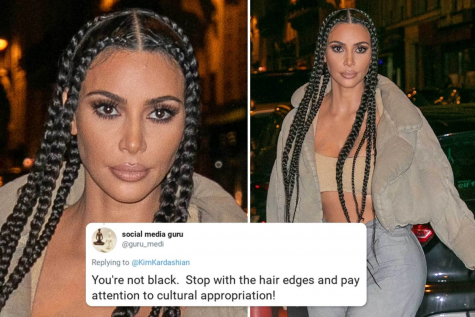
White privilege is a big role when it comes to rocking Black hairstyles in public. Why is it okay for Kim Kardashian to wear Box braids to a red carpet event but when 15 year old Deanna and Mya Scot wore the same Box braids they lost all in school privileges, received detention, and were threatened suspension? Both Kim and her sister Khloe were called out multiple times for wearing Black hairstyles while giving them the wrong names and after their backlash (that did not receive the same media attention as them getting praised for their new looks)they uploaded more Instagram photos with nonchalant captions dismissing their wrong doing and ignoring the comments that educated the duo on why they were being offensive. Although, it’s not just the White community appropriating Black hairstyles, even if you are in a non Black minority you shouldn’t wear any of these hairstyles it’s still cultural appropriation.
From Locs to Cornrows to Box braids to Passion twists to Bantu Knots and all the many cultural styles, hair is not just hair especially when it comes to both Black women and men. No matter how many times ignorant Instagram and Twitter users can say “you don’t own hairstyles” it does not matter. Hair has a deep and significant meaning for our culture; it is a visual representation of our deep roots and history. During slavery hair was one of the few things enslaved Africans had control over before White owners stripped it from them. Fast forward to 2020 and our hairstyles are being stripped from us whether it comes from the hands of culture vultures or school systems or employment, we just can not win. Our hair is used as a weapon to fight against White oppression and has been for centuries, everything we create gets taken from us and we’re sick and tired of it. Next time you want to keep up with the Kardashians or be nostalgic like 1997 Gwen Stefani think about what you’re doing and if it’s offensive to any culture. Education is more important than being up to date with the latest craze, consider the Black men and women out there that lost their jobs, schooling, and lives because of their natural hair and how they embraced it. It’s deeper than physical appearance and that is why it will never be “just a hairstyle”

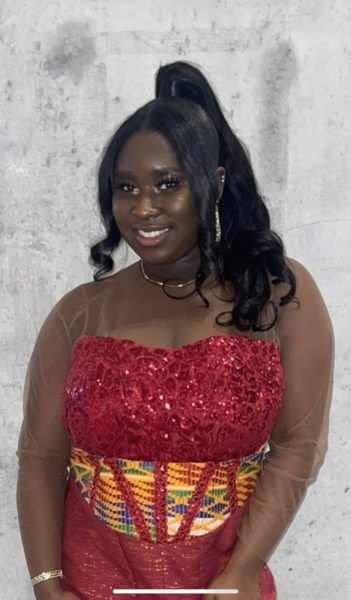
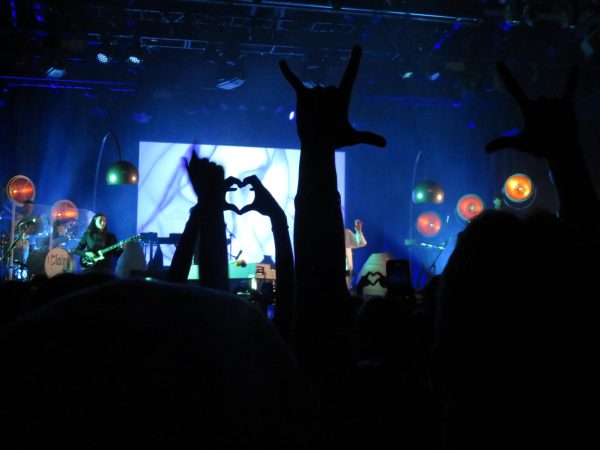




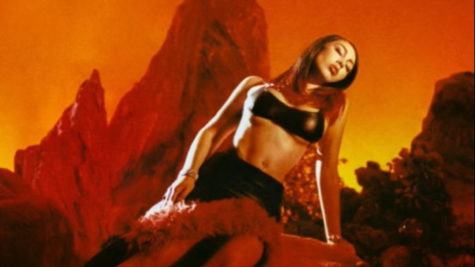
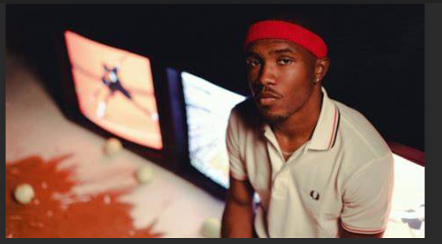
Mufasa • Oct 28, 2020 at 7:40 pm
Great job sis.
G Money • Oct 28, 2020 at 6:56 pm
She has such great insight on this subject. I wish more people could understand that this is a serious problem. Thanks for opening up eyes on this pathetic issue that keeps on repeating itself.
Kristylove • Oct 28, 2020 at 6:46 pm
FACTS!!!
This is so true and I can add to it but Anaiyah has hit the nail on the head!Nothing more needs to be said!! The truth speaks for itself, Okurrr!!
Monique L. Mitchell • Oct 28, 2020 at 6:10 pm
I am so proud of you Anaiyah…Your dad was proud of you… and he loved your work…he will forever be with you every step of the way…keep on keeping on…the skies the limit!
Love Mom
Jayla • Oct 28, 2020 at 5:41 pm
This is a wonderful piece Naiyah. I really appreciate you putting this serious issue into eloquent words and educating peoples on cultural appropriation!!
Trenton T Wallace • Oct 28, 2020 at 12:57 pm
It is always refreshing to see that our youth has a increasing interest to recognize and identify with their culture and speak intelligently on